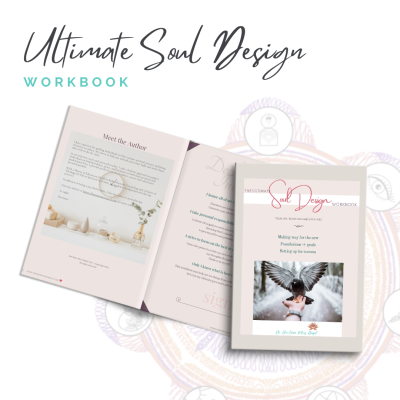 A student recently asked me a question, causing me to reflect on evolving as a clinical supervisor, giving me pause in the best possible way:
A student recently asked me a question, causing me to reflect on evolving as a clinical supervisor, giving me pause in the best possible way:
How do you balance structure and creativity in your supervision practice, especially when working with clinicians who may be resistant to expressive or nontraditional approaches?
The truth is, there’s no single answer—only an unfolding journey shaped by setting, intention, and relationship. After 25+ years as a clinical supervisor, my own approach has evolved, not only in response to professional norms but also in alignment with my own growth as a practitioner.
In earlier years, I worked in agency settings where supervisees were assigned to me. In those contexts, supervision leaned toward the didactic: structured case consultation, Socratic questioning, and formal observation or co-facilitation. Creativity wasn’t discouraged exactly—but it wasn’t modeled or invited either. The boundaries of the role were clear, and expressive methods simply didn’t have a place.
That began to shift in private practice when I introduced between-session email reflections. I started inviting supervisees to “tell me the unfolding story” of a client they wanted to staff ahead of our next session. It was a small adjustment—but it changed everything. Writing became a portal. It allowed supervisees to explore transference, doubt, intuition, and complexity in ways that didn’t always surface in live discussion. And it helped me meet them with deeper attunement. Expression became a doorway to insight.
In private practice, the supervisory relationship became more intentional. Clinicians sought me out—often having read about my orientation, my integration of metaphysical, psychospiritual and creative methods, and my commitment to depth work. The match was often already present before we began.
These days, many of the practitioners I supervise are fully licensed, or practicing independently in countries like the UK, Canada, and across the EU where supervision is expected for the life of one’s career. Increasingly, I also offer supervision of supervision—supporting clinicians who are themselves stepping into the role of guide. In my supervision trainings, I offer a sampling of supervision theory from a depth perspective, allowing for feedback and questions.
In this context, creativity and structure are not opposites. They are in dialogue. There is spaciousness for archetypal exploration, dreamwork, symbolic inquiry, even the intuitive—alongside clinical rigor, ethical grounding, and clear goals. I still hold a container—but it is wide enough to welcome the fullness of the work.
Conclusion:
So, how do I balance structure and creativity? I don’t see them as mutually exclusive. Structure creates safety. Creativity invites depth. The real magic lies in the relational field between supervisor and supervisee—one shaped by mutual curiosity, respect, and a shared desire to grow.





